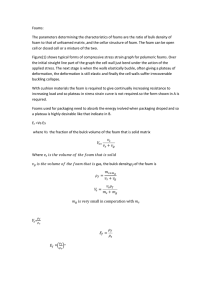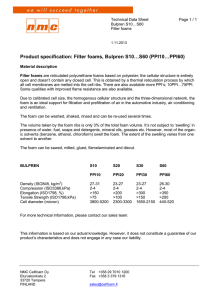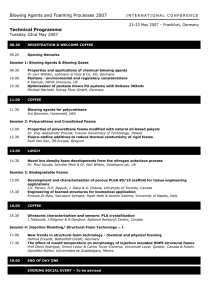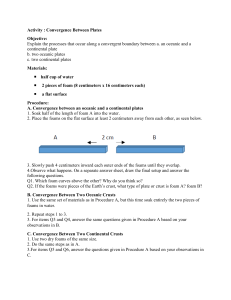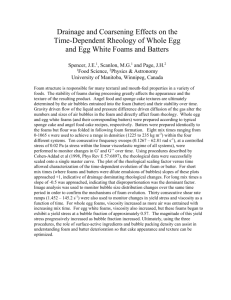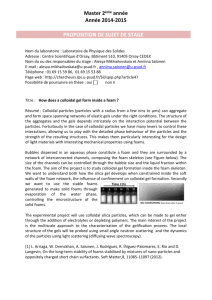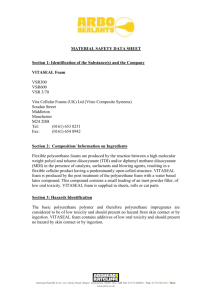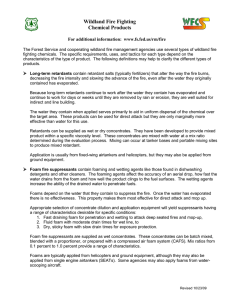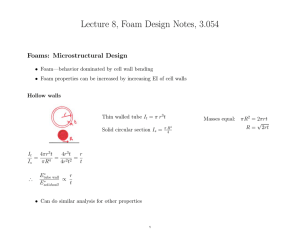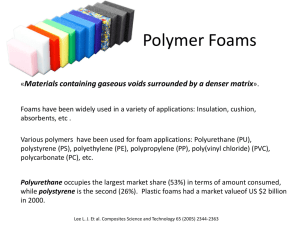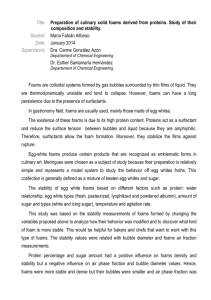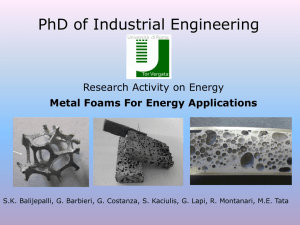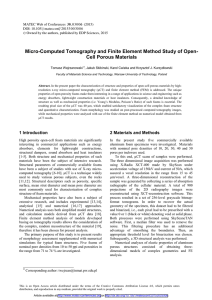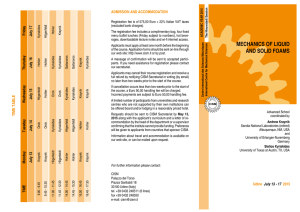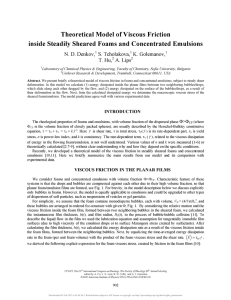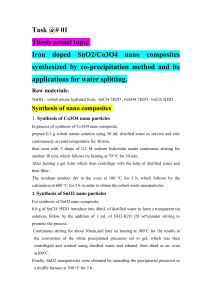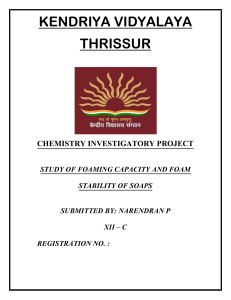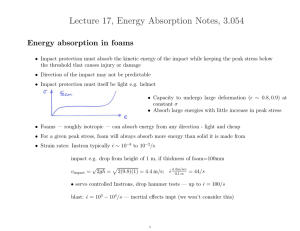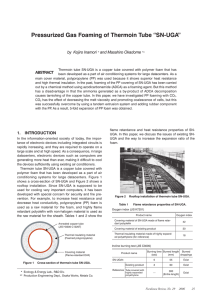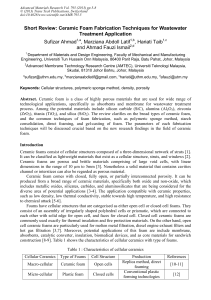Quantification of the structural changes in foams
advertisement
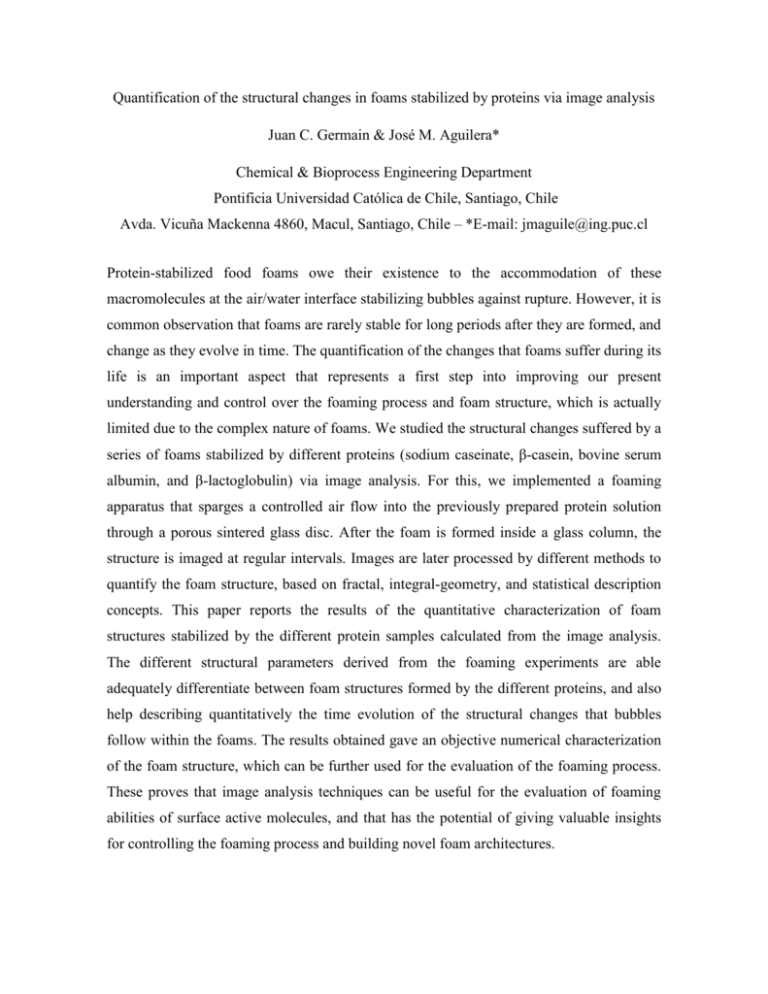
Quantification of the structural changes in foams stabilized by proteins via image analysis Juan C. Germain & José M. Aguilera* Chemical & Bioprocess Engineering Department Pontificia Universidad Católica de Chile, Santiago, Chile Avda. Vicuña Mackenna 4860, Macul, Santiago, Chile – *E-mail: jmaguile@ing.puc.cl Protein-stabilized food foams owe their existence to the accommodation of these macromolecules at the air/water interface stabilizing bubbles against rupture. However, it is common observation that foams are rarely stable for long periods after they are formed, and change as they evolve in time. The quantification of the changes that foams suffer during its life is an important aspect that represents a first step into improving our present understanding and control over the foaming process and foam structure, which is actually limited due to the complex nature of foams. We studied the structural changes suffered by a series of foams stabilized by different proteins (sodium caseinate, β-casein, bovine serum albumin, and β-lactoglobulin) via image analysis. For this, we implemented a foaming apparatus that sparges a controlled air flow into the previously prepared protein solution through a porous sintered glass disc. After the foam is formed inside a glass column, the structure is imaged at regular intervals. Images are later processed by different methods to quantify the foam structure, based on fractal, integral-geometry, and statistical description concepts. This paper reports the results of the quantitative characterization of foam structures stabilized by the different protein samples calculated from the image analysis. The different structural parameters derived from the foaming experiments are able adequately differentiate between foam structures formed by the different proteins, and also help describing quantitatively the time evolution of the structural changes that bubbles follow within the foams. The results obtained gave an objective numerical characterization of the foam structure, which can be further used for the evaluation of the foaming process. These proves that image analysis techniques can be useful for the evaluation of foaming abilities of surface active molecules, and that has the potential of giving valuable insights for controlling the foaming process and building novel foam architectures.
